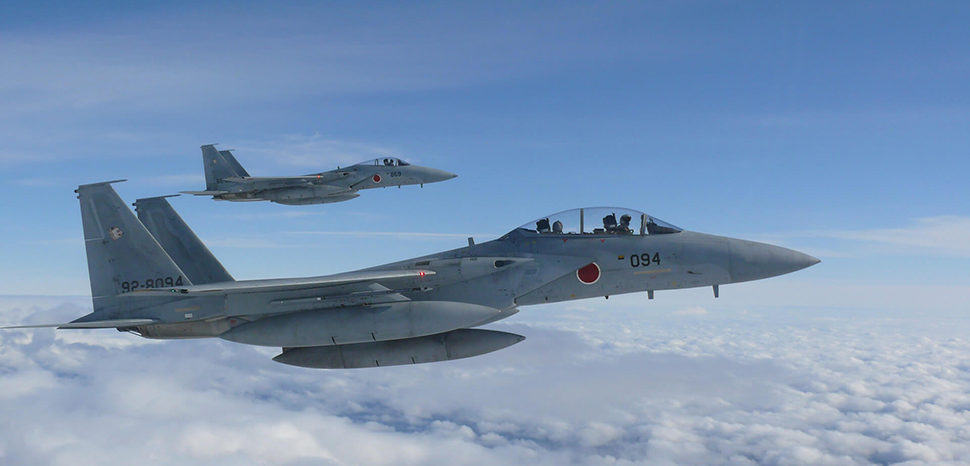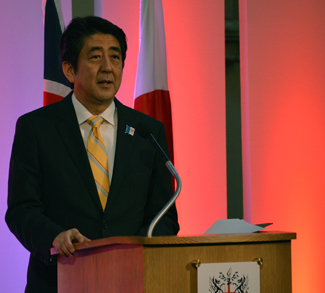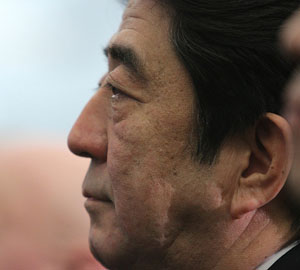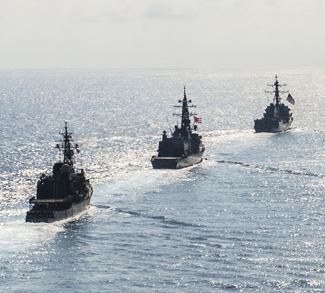On March 26, Tokyo announced that exports of fighter jets produced under the Global Combat Air Programme (GCAP) initiative will be authorized going forward. The announcement came after officials from the ruling Liberal Democratic Party (LDP) met with their counterparts in Komeito over the latter’s concerns of exporting Japanese-made fighters to countries in conflict, with the overriding question being whether such a move would be in line with the country’s pacifist principles. The cabinet justified the decision by pointing out that research and development activities under GCAP would no longer be hindered; the status quo had risked casting the country in a supporting role rather than being an equal partner alongside Italy and the United Kingdom.
Tokyo also announced that Japanese-made fighter exports will be limited to countries that have officially signed defense partnership agreements, including Germany, India, and the United States. As such, the policy can fall under the guidelines of The Three Principles on Transfer of Defense Equipment and Technology, whereby such transfers can be done only if they would benefit Japanese national security or contribute to “peace contribution and international cooperation.”
It is expected that more military hardware can be approved for export to friendly countries under the new rules on approving sales and exports. The announcement would allow Japan to improve the standing of the Japanese defense industry and put Japan in a position where it can be seen as a reliable regional partner in East Asia.
Japan’s participation in GCAP can be traced back to the Mitsubishi F-X fighter jet project, which was launched in response to a ban on allowing the export of the F-22 to allied countries, including Japan, to comply with rules under the Obey Amendment. Since Japan could not legally purchase the F-22, the option was made to initiate research for the production of a domestic fighter jet. The F-X was an attempt to replace the Mitsubishi F-2 fighter jets under service with the Japanese Air-Self Defense Forces (JASDF). Mitsubishi Heavy Industries (MHI) served as the primary contractor. The capabilities and technology tested by the Japanese Ministry of Defense (MOD) included advanced radar systems to counter stealth technology, receiving targeting information from other platforms such as hostile drones and fighter jets, the use of fly-by-optics to process information faster, stealth technology, gallium nitride semiconductors to improve radar performance, and a new, more powerful engine. The project ultimately produced the fighter jet known as the Mitsubishi X-2 Shinshin, which performed its maiden flight on April 22, 2016 from Nagoya Airfield to Gifu Air Field.
Fast-forward to 2017 and Japan and the UK signed an agreement to explore possibilities of jointly developing a new fighter jet; then, in December, 2022, it was announced that Italy, Japan and the UK would work together to develop the next fighter jet under GCAP. This allowed research experience from the F-X to be integrated into GCAP alongside the BAE Tempest fighter jet project. A trilateral collaboration agreement between the three countries to support long-term working arrangements and capability requirements was reached on September 12, 2023. Finally, on December 14, 2023, a treaty was signed, which called for developing the fighter in Tokyo. The GCAP industrial hub and joint business construct would be in the UK. Japan would appoint a representative to serve as the CEO, while Italy would appoint a representative to serve as the first head of the organization.
The new rules for exporting Japanese-made fighters under GCAP are a first in allowing the export of lethal Japanese military hardware, hitherto impossible due to Article 9 in the Japanese Constitution – the ‘pacifist clause’ – and years of strict policies on exporting military hardware. It was only during Shinzo Abe’s second term as prime minister that he called for restrictions on exporting military hardware to be changed gradually in relation to a reinterpretation of Article 9. It is uncertain if Komeito will fully back restrictions on exporting military hardware from Japan or if they will gradually come to allow them under certain conditions. For now, there are no plans to export co-developed weapons aside from the future fighter, which will be in service by 2035.




